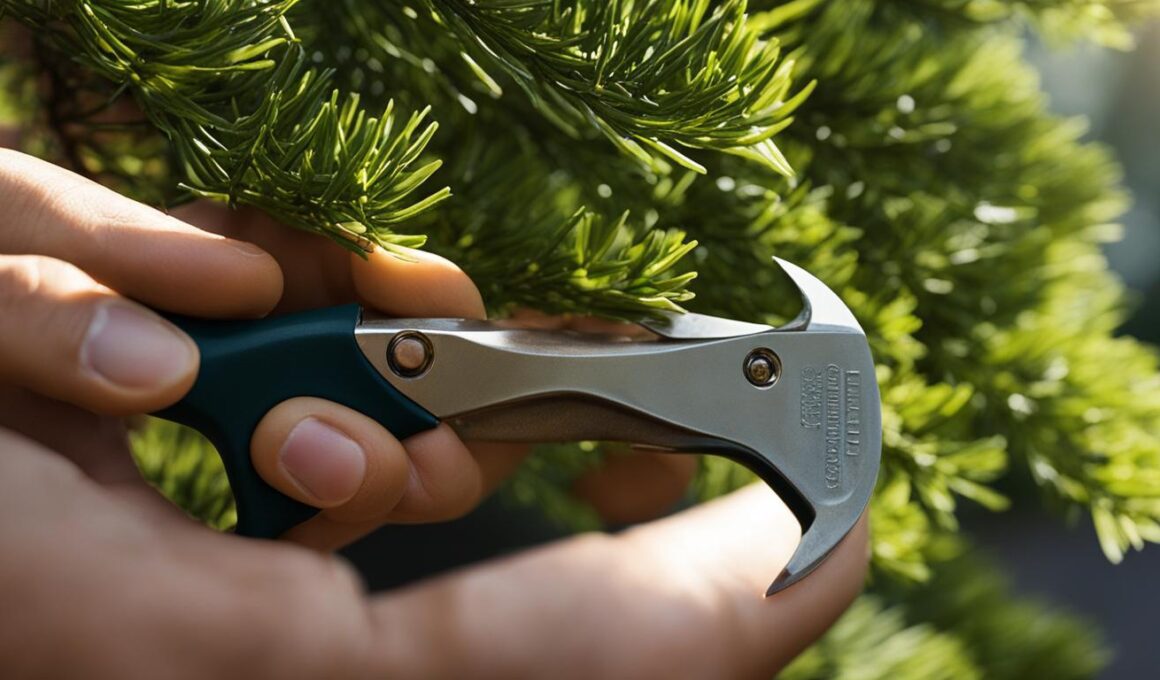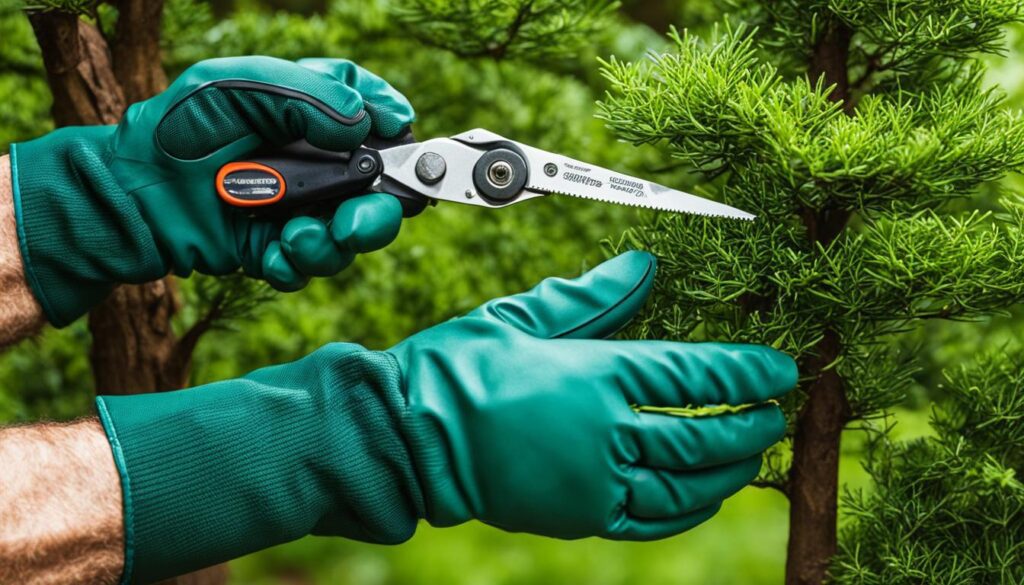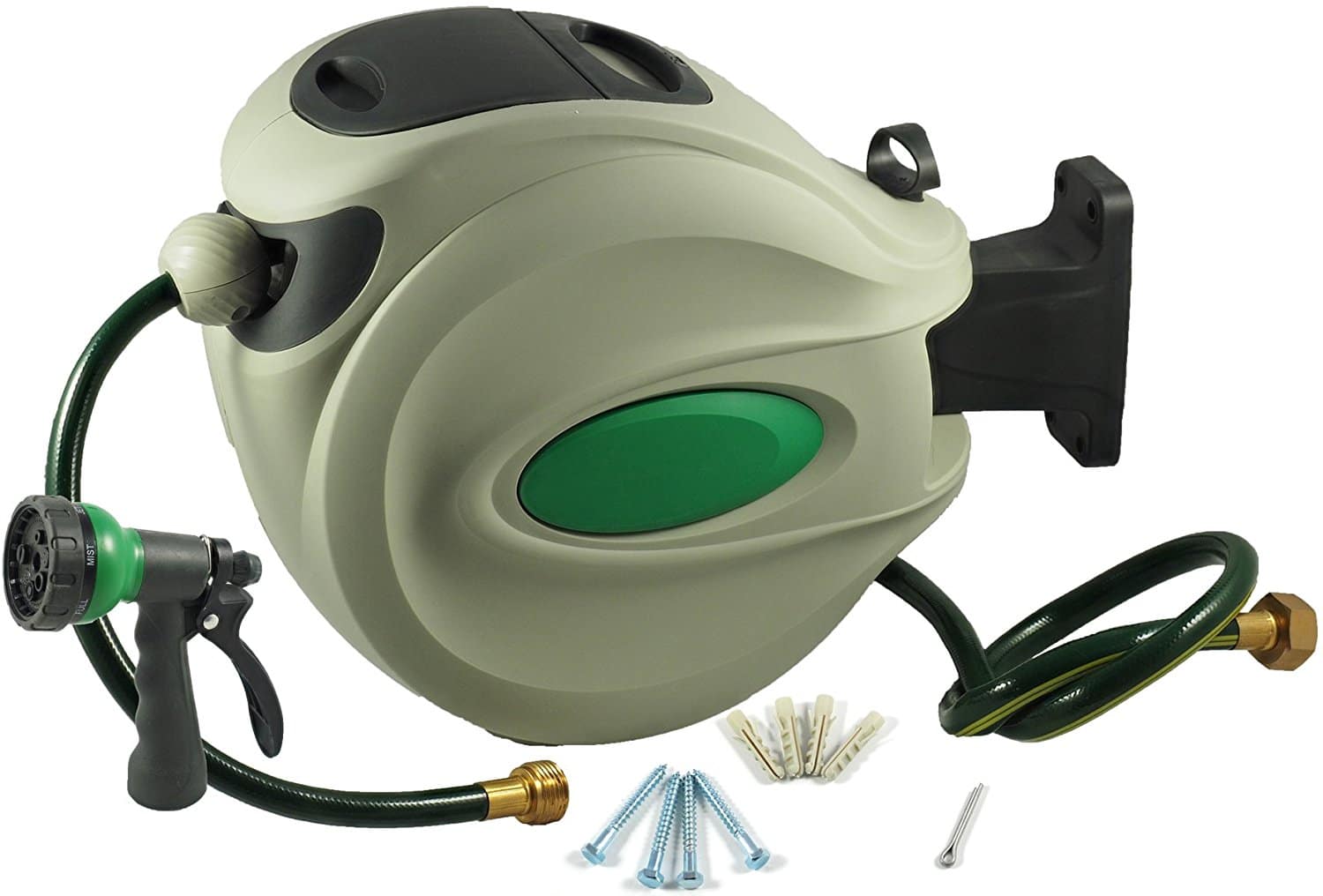If you have arborvitae shrubs in your garden, you know that their beauty lies in their lush, green foliage. To maintain their health and shape, it is crucial to learn the proper techniques for trimming them. With the right gardening skills, you can ensure that your arborvitae remains a centerpiece of beauty in your landscape.
Arborvitaes are popular evergreen shrubs that are commonly found in American gardens. They come in different varieties, such as Eastern arborvitae, Oriental arborvitae, and giant Western arborvitae. To keep them thriving, regular pruning is essential.
Pruning should ideally be done before a flush of new growth, which usually occurs in late spring or early summer. It is important not to remove more than one-third of the live foliage area per growing season. When pruning, there are two types of cuts to consider: reduction cuts and removal cuts.
Reduction cuts are used to shorten branches, while removal cuts are employed to eliminate branches altogether. You should trim your arborvitae when it has become too tall, has “wild hairs” sticking out, or has become too wide. Avoid hard pruning or renovation, as arborvitae will not produce new growth on older bare stems.
By maintaining your arborvitae through regular pruning, you can ensure their long-lasting health and shape. In the next sections, we will discuss the best time to prune arborvitae, how to prune them properly, and impart some effective trimming tips.
Best Time to Prune Arborvitae
Pruning arborvitae is crucial to maintaining a neat and healthy shape for your shrubs. Knowing the best time to prune is essential to ensure your arborvitae thrives throughout the year. Here are some guidelines to help you determine the ideal timing for pruning:
- Early Spring: If you want to maintain a neat shape and promote healthy growth, the early spring is the best time to prune your arborvitae. Pruning during this time allows the shrub to recover quickly and develop a robust structure.
- Mid-Summer: Another suitable time to prune arborvitae is during mid-summer. This timing allows the shrub to recover during the remaining warm months and ensures a neat shape throughout the growing season.
It is important to note that pruning should be avoided later in the summer and fall. Pruning during these periods can encourage tender new growth, which may be susceptible to damage from cold weather.
Diseased, dead, or damaged branches should be pruned as soon as they are identified. Prompt removal of these branches helps prevent the spread of diseases and maintains the overall health of the arborvitae.
How to Prune Arborvitae Properly
When it comes to pruning arborvitae, there are certain techniques that need to be followed to ensure optimal results. Cutting too much can hinder new growth from occurring on old wood, so it’s important to exercise caution. To start, focus on trimming only the terminal tips, avoiding the removal of more than 25-35% of the tree’s foliage. This will promote healthy growth and maintain the overall shape of the arborvitae.
Another crucial aspect of pruning arborvitae is selecting the correct location on the branch. Look for areas where new shoots are present and where the wood is green. By pruning in these areas, you can encourage new growth and maintain the health of the tree. It’s recommended to prune in sections rather than around the entire tree to ensure an even and uniform result.
To ensure you’re achieving the desired shape and appearance, step away frequently and examine your work. This will allow you to spot any unevenness or areas that require further pruning. By creating a uniform border around the tree, you can enhance the overall aesthetic appeal of your arborvitae.
In summary, pruning arborvitae requires attention to detail and adherence to proper techniques. By avoiding excessive cutting, selecting the correct location on the branch, pruning in sections, and regularly examining your work, you can successfully maintain the health and beauty of your arborvitae.
Conclusion
Properly trimming arborvitae is crucial for maintaining their health, shape, and overall beauty. By following these effective trimming tips, you can ensure that your arborvitae remains a stunning addition to your garden or landscape for years to come.
To maintain the long-lasting beauty of your arborvitae, it is important to prune them in the right season. By trimming in the early spring or mid-summer, you can maintain a neat shape and prevent the growth from becoming unruly. Remember to avoid pruning later in the summer and fall to protect the new growth from cold weather damage.
When trimming, be mindful of how much you cut. Avoid excessive pruning as arborvitae will not produce new growth on older bare stems. Stick to pruning only the terminal tips and avoid removing more than 25-35% of the tree’s foliage. Additionally, make sure to prune in sections rather than around the entire tree for a more uniform and aesthetically pleasing result.
Maintaining your arborvitae requires regular pruning to prevent overgrowth, remove diseased or damaged branches, and shape the shrub. By following these tips, you can maintain the health and beauty of your arborvitae, ensuring that it remains a standout feature in your landscape.
Will Trimming My Arborvitae Help Protect It from Deer?
Trimming your arborvitae bushes can help protect them from deer eating arborvitae bushes. By removing lower branches and shaping the foliage, you can make it harder for deer to reach and feast on your plants. Regular maintenance and pruning can also encourage healthy growth and resilience against wildlife.










